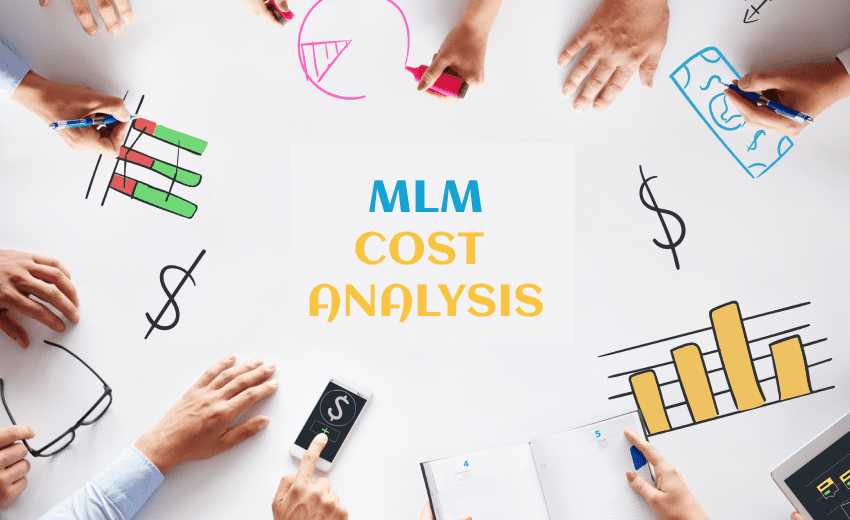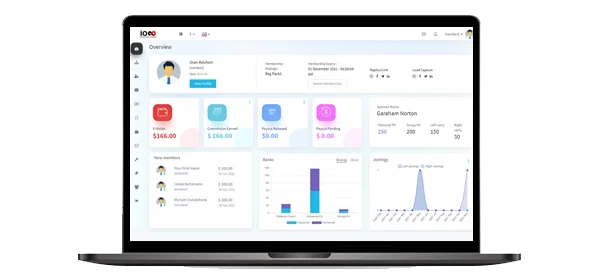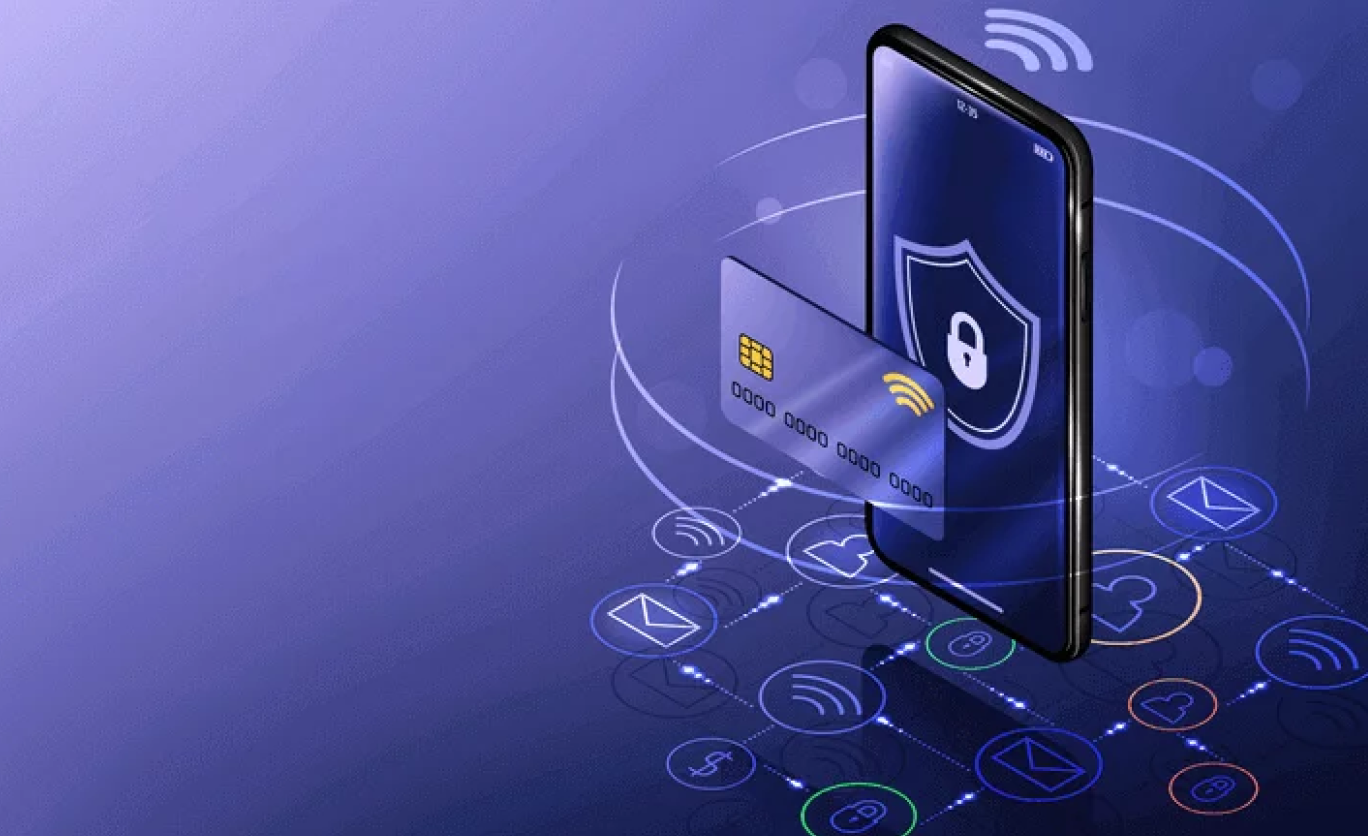Are you into the MLM business? If yes, then you would have considered buying an MLM software at some point.
In the world of multi-level marketing (MLM), the right software can be the backbone of your business, streamlining operations, enhancing communication, and driving growth.
However, with a number of options available, understanding the costs associated with MLM software is crucial. Knowing where your money is going ensures you make a sound investment that aligns with your business goals and budget.
By exploring cost of MLM software , you will gain insights into different pricing models, identify key features that provide the best value, and avoid unexpected expenses. This thorough understanding will enable you to make informed decisions, optimize your business operations, and maximize your return on investment.
No more confusion, as we have done a detailed structural breakdown of the pricing structure of a MLM software. At the end of your reading, you will have an understanding of how MLM software pricing is structured and the various factors it depends on.
Why Invest in MLM Software?
Enhancing Business Operations
MLM software streamlines tasks like managing distributors and tracking sales, making operations more efficient and error-free.
Improving Efficiency and Automation
Automating manual tasks saves time and reduces errors, allowing your team to focus on strategic activities.
Scalability and Growth Potential
MLM software scales with your business, supporting more distributors and higher sales volumes as you grow.
Better Communication and Reporting
It provides communication tools and detailed reports, helping you stay informed and make data-driven decisions.
Important Benefits of MLM Software
Increased Sales and Revenue
MLM software optimizes sales processes and provides tools to boost distributor performance, leading to higher sales and revenue.
Enhanced User Experience
It offers an intuitive interface and efficient tools, improving the experience for both distributors and customers.
Real-time Data and Analytics
Access to real-time data and analytics helps you track performance, identify trends, and make informed decisions quickly.
Streamlined Administrative Tasks
Automating administrative tasks reduces workload and errors, allowing your team to focus on more strategic activities.
Factors Influencing the Price of MLM Software
Several factors influence the cost of MLM software development. Understanding these factors can help you gauge the average cost and make an informed decision.
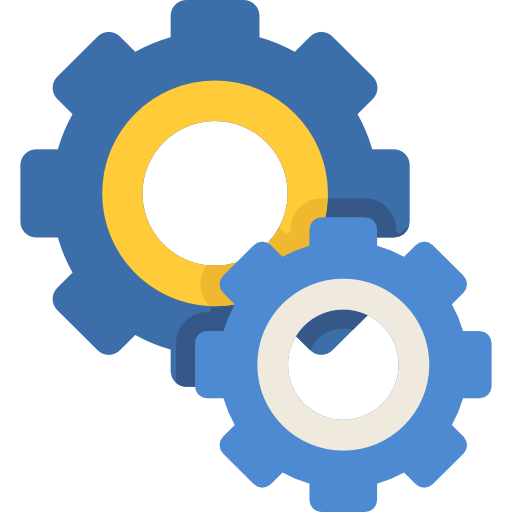
Features and Functionality
The complexity and range of features you want in your MLM software play a significant role in determining its price. Basic MLM software with standard features will cost less compared to a customized solution with advanced functionalities like e-wallet integration, multi-currency support, and real-time analytics.

Customization
You can opt for a custom MLM software solution tailored to your specific business needs which will have some extra charges. Customization involves designing and developing unique features, user interfaces, and integrations that align with your MLM business model.

Technology Stack
The technology stack chosen for MLM software development can impact its price. Advanced technologies and frameworks may come at a higher cost but offer better scalability, performance, and security.

Vendor Experience and Reputation
Established software development companies with a proven track record in MLM software development often charge higher prices for their services. However, their expertise and reliability can justify the investment, ensuring a high-quality and reliable MLM software solution.

Licensing and Support
Some MLM software solutions come with licensing fees and ongoing support costs. It’s essential to consider these additional expenses when calculating the total price of MLM software development.
Stages of the MLM Software Lifecycle
The lifecycle of MLM software pricing goes through different stages. Understanding these structural differentiation is crucial in determining the overall pricing of the software. Let’s break down each stage of the MLM software lifecycle, focusing on the all important aspect of cost.
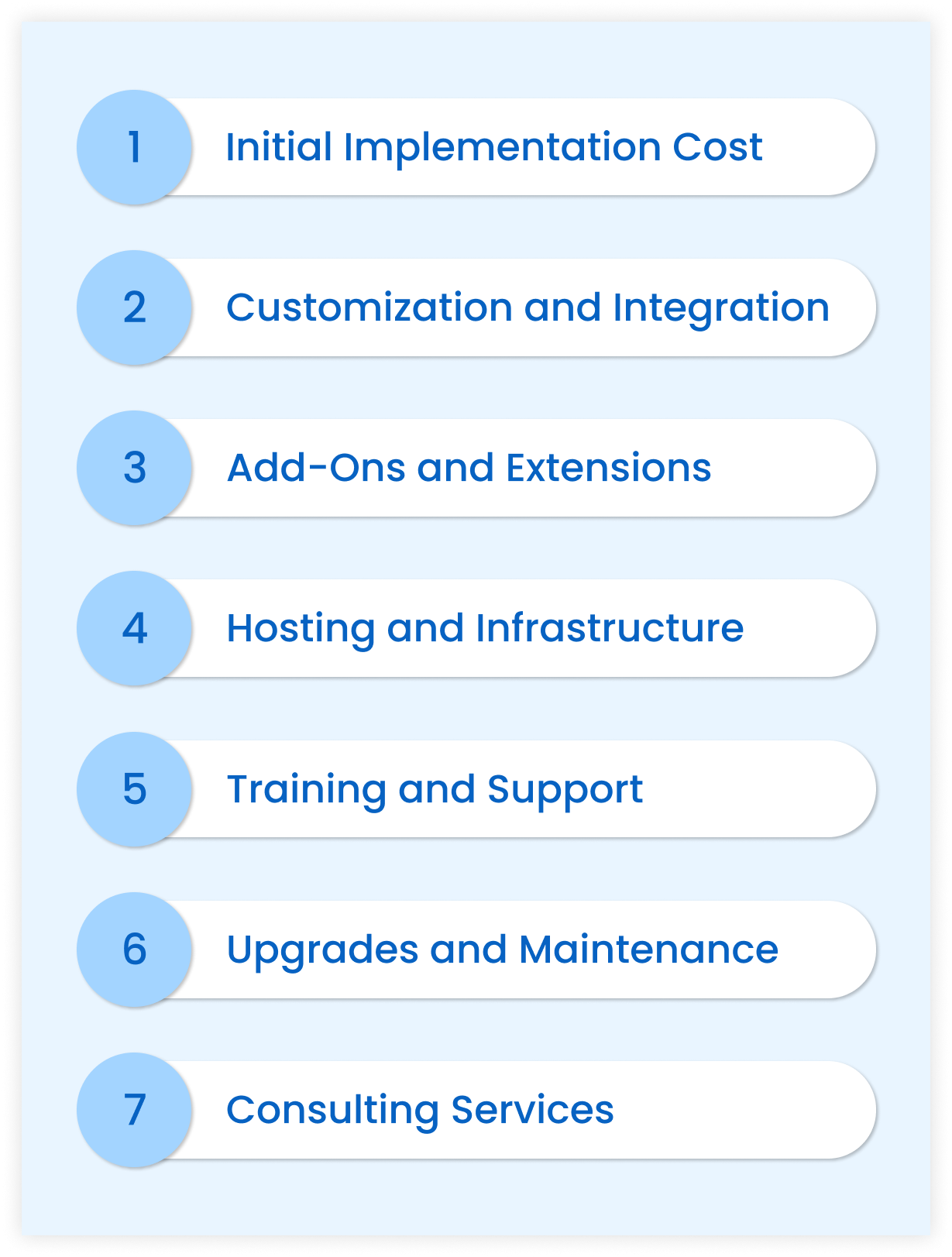
1. Initial Implementation Cost
The journey begins with the initial setup. This stage involves choosing and implementing your MLM software. The cost here involves purchasing the software with basic features. Think of it as an investment that sets the tone for future success. It’s crucial to choose a provider who offers competitive MLM software prices without compromising on quality.
Before registering you will have to select your preferred MLM plan like binary, matrix, unilevel, etc. Upon initial implementation, you will get basic features like e-wallet, payment gateways, reports, user management, etc.
2. Customization and Integration
Your business is unique, and your MLM software should reflect that. Customization and integration costs ensure your software seamlessly aligns with your business model and integrates with existing systems. This step might require additional investment, but it’s essential for a system that works in harmony with your operations.
3. Add-Ons and Extensions
As your business grows, you might need additional features or add-ons. These enhancements, while adding to the cost, bring new functionalities and capabilities to your MLM software, allowing your business to expand and adapt.
You have a diverse range of options available to you like Ecommerce, CRM software, Open Cart, SMS integration, etc.
4. Hosting and Infrastructure
Reliable hosting and robust infrastructure are the lifelines of your MLM software. This ongoing cost is pivotal in ensuring that your software is always accessible and performing optimally. Remember, investing in strong hosting and infrastructure is investing in the uninterrupted growth of your business. These costs include the Website domain, server cost, and hosting charges.
5. Training and Support
A fantastic MLM software tool becomes even better with well-trained users. Allocate budget for comprehensive training and robust support systems. This ensures that your team can fully utilize the software, thereby enhancing efficiency and productivity. Consider this an investment in your team’s capabilities. This involves providing customer support, technical assistance, and troubleshooting services.
6. Upgrades and Maintenance
The digital world is ever-evolving, and so should your MLM software. Regular upgrades and maintenance are essential to keep your system up-to-date and running smoothly. While this is an ongoing cost, it’s crucial for staying competitive and securing your software investment long-term. This cost comes under the post installation of the software. It may be for the version upgrades, Bug fixing, launching of new features and add ons.
7. Consulting Services
Sometimes, external expertise can make a significant difference. Investing in consulting services helps in optimizing your MLM software strategy, ensuring you get the most out of your investment. This not only helps in streamlining processes but also in achieving better ROI. This involves the charges for consulting an expert for your queries and . Mostly you will be charged a certain amount per hour.
Understanding the cost associated with each stage of your MLM software’s lifecycle is key to making informed decisions. As you move forward, think of each stage as an opportunity to enhance, grow, and solidify your business’s position in the MLM landscape.
MLM Software Development Cost Breakdown
Software Platforms
Choosing the right platform for your MLM software can vary in cost depending on factors like scalability, customization options, and licensing fees.
UI/UX Design
Investing in user interface (UI) and user experience (UX) design ensures that your MLM software is intuitive and engaging for users. Costs can vary based on the complexity of design requirements and the level of customization.
Software Development
This includes the actual development of the MLM software, including coding, database setup, and integration of features. Costs can vary depending on the complexity of functionality and the development team’s hourly rates
Testing and Development
Testing is a crucial phase to ensure the functionality, performance, and security of the MLM software. This includes various types of testing such as unit testing, integration testing, and user acceptance testing, which contribute to the overall development cost.
MLM software features account for 30% of the total, while complexities and support related to MLM plans make up 10%. Web development constitutes 20% of the cost, with working hours contributing 5%. Additionally, 20% goes towards integrating third-party services, while 15% is allocated for customizations.
What are the Direct Expenses in MLM Software Development?
Direct expenses refer to the tangible costs directly associated with the creation, implementation, and maintenance of MLM software. Let’s delve into the key direct expenses that contribute to the overall MLM software cost.

Development Costs
The primary direct expense in MLM software development is the actual cost of designing, coding, and testing the software. This includes:
Development Hours : The number of hours spent by developers and engineers on designing and coding the MLM software.
Technology Stack : The cost of using specific programming languages, frameworks, and tools for MLM software development.

Customization Costs
Customizing MLM software to align with your business requirements and branding can incur additional expenses. This includes:
Feature Development : The cost of adding custom features, integrations, and functionalities tailored to your MLM business model.
UI/UX Design : The expense of creating a user-friendly interface and intuitive user experience tailored to your target audience.

Licensing and Third-Party Integrations
If your MLM software requires licensing fees or third-party integrations, these costs will contribute to the overall MLM software cost. This includes:
Licensing Fees : Costs associated with acquiring licenses for specific software components, modules, or libraries.
Third-Party Services : Expenses related to integrating external services, APIs, or plugins to enhance the functionality of your MLM software.
What are the Indirect Expenses in MLM Software Development?
Apart from direct expenses, there are several indirect expenses that can impact the overall cost of MLM software development. Indirect expenses are often overlooked but play a significant role in the total cost of mlm software.

Project Management and Planning
Effective project management and planning are essential for the successful execution of MLM software development. Indirect expenses in this category include:
Project Management Tools : Costs associated with using project management software, collaboration tools, and communication platforms.
Consultation and Strategy : Fees for consulting experts, business analysts, and strategists to plan and oversee the MLM software development process.

Infrastructure and Hosting
Hosting, server infrastructure, and maintenance are crucial aspects that contribute to the cost of MLM software development. Indirect expenses in this area include:
Hosting Services : Monthly or annual fees for hosting the MLM software on cloud servers, dedicated servers, or virtual private servers (VPS).
Infrastructure Maintenance : Costs for monitoring, updating, and maintaining server infrastructure, ensuring optimal performance and security.
Popular MLM Software Prices

Infinite MLM Software
Basic – $799
Features
- Dashboard
- Downline Graphical View
- User Overview
- Tools
- Mailbox
- Ewallet Management
- Profile Management
- Reports
- New Member Registration
- Settings
- Payout Systems
- E pin
Addon Modules
Starts from 250 USD
Features
- Replication Website
- Multilingual Website
- Multi Currency Website
- Privileged User
- Payment Gateway Integration
- Internal Cart
- Open Cart
- SMS Integration
- Ticket System
- Auto Responder
Addon Bonus/Commissions
Starts from 550 USD
Features
- Matching Bonus
- Infinity Bonus
- Rank Bonus
- Fast Start Bonus
- Performance Bonus

Ventaforce MLM Software
International starting from $2499
Features:
- Multi Currency
- Multi Language
- Replicated Website
- Commission Management
- Payment Gateways
- E Wallet
Epixel MLM Software
Starts from $1100
Pricing options:
- Free Trial
- Freemium
- One-Time Purchase
- Request a quote
- Subscription

Global MLM Software
Starts from $5000
Features:
- Genealogy
- E pin
- E wallet
- Multi Currency
- Payment Gateway
- Member management

Cloud MLM Software
Starts from – $750
Features:
- Multi Currency
- Multi Language
- Replicated Website
- Backup System
- Ticket System
- Reporting System
Conclusion
Investing in quality MLM software is a strategic decision that requires careful planning, budgeting, and foresight. While it may seem tempting to opt for cheaper solutions to minimize upfront costs, it’s crucial to consider the long-term implications and total cost of ownership.
While the cost of MLM software is an important factor to consider, focusing solely on price can be misleading. It’s essential to look beyond the initial MLM software price tag and evaluate the total lifecycle costs, benefits, and value proposition offered by different MLM software solutions. By doing so, businesses can make informed decisions, prioritize investments effectively, and achieve sustainable growth and success in the competitive MLM landscape.
